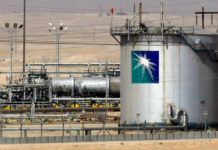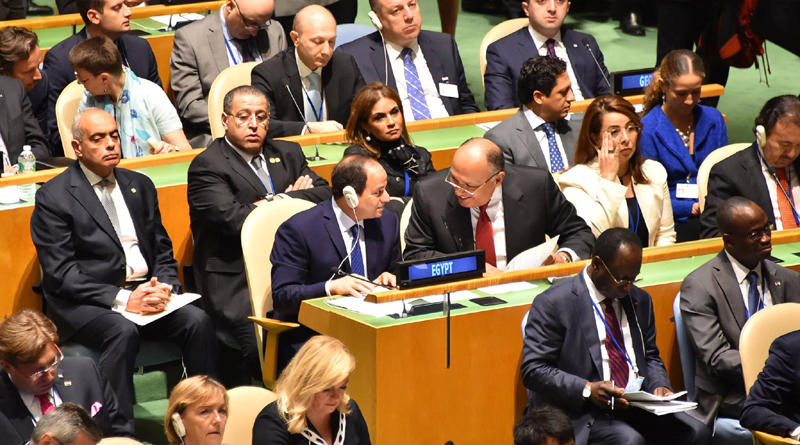Five years now since the Arab spring, it has become crystal clear that economies like Tunisia, Libya, Yemen, and Syria are facing grinding economic crises due to the volatile situations in them, leading, in turn, to a major budget deficit, high pricing of all commodities and services.
Last December, economic reports were released showing that the Arab Spring revolutions had cost these countries $835bn generating from damages in construction, tourism, stock markets, and investments; in addition to offering shelter to refugees. This proves how these countries are suffering economically after their Gross Domestic Product (GDP) growth and employment rates were negatively influenced by the Arab Spring.
The Middle East Observer has identified the economic state in Syria, Libya, Yemen, and Tunisia; following 5 years of the eruption of the Tunisia’s Jasmine Revolution which was the spark of the rest of Arab spring revolutions.
Syria
CNBC, specialized in delivering economic news, released a report on the Syrian economic conditions now comparing it to the conditions before the anti-Bashar Al-Assad regime civil uprisings erupted in June 2011. The report showed that Syria, which was ranked in 2011 among the safest countries of the world, was progressing toward achieving a comprehensive development in all its sectors; especially the economic one. Yet, now after all that has happened; the Syrian economy has collapsed, that it needs to be in the intensive care unit.
The Syrian economy has undergone a stable real growth in the period from 2006 to 2010 with a 5 per cent average growth rate. But, it has faced, so far, harsh economic sanctions and blockade; in addition to the rise in dollar price against the devaluation of the Syrian pound; and the increase in prices of commodities and material, due to their shortage and even rareness sometimes. On top of those commodities is fuel, which resulted in long suffering, high unemployment rates, dysfunctional small and medium-sized investment entities…etc. All this led to the deterioration of the economy and the living standards of citizens.
The macroeconomic indicators of Syria have undergone an extraordinary transformation as a result of this crisis whose dark shadows hung over the public budget and the macroeconomics in general; multiplying in turn the pressures on social security, and government subsidy. The total losses incurred by the Syrian economy in the last 4 years due to this crisis reached $200bn by the end of 2015; and the amount of poverty has risen up to more than 80 per cent, according to a report by the U.N.
Tunisia
Although the Tunisian revolution was successful, most economists in Tunisia were pessimistic about what has become of the economy, since the 2011 revolution that toppled its president, Zayn Al-Abidin, till the year 2015; amid macro and micro economic regression. The economy has retreated during the past 5 years, as growth rates were lower than 1 per cent; and sometimes it has even faced a deflationary crisis.
The Tunisian economic indicators have constantly retreated in the last period to threatening levels; with a growth rate close to zero, and high levels of inflation, budget deficit, and unemployment. According to Tunisia’s National Institution of Statistics, unemployment rates have increased in the past 5 years from 13 per cent in 2011, to 15 per cent in Q3 2015.
As for government debt, it was nearly 30.4 per cent to GDP in 2013; and then in 2015 it rose up to 52.7 per cent, according to statistics conducted by Tunisia’s Ministry of Finance.
The Central Bank of Tunisia has also released numbers that show that the trade deficit has amounted to 7.3 per cent in 2011, and to 7.9 per cent of GDP during the first 11 months of 2015.
Yemen
The war in Yemen has inflicted severe damages upon its economy that is under the threat of total collapse now; especially after the production of oil and natural gas has come to a halt; the destruction of dozens of factories; depletion of resources; and looting of funds, and local and foreign reserves from the government ministries and institutions. All this, has turned the country into a black market, caused great damage to infrastructure, and cut off basic government services; like electricity and fuel.
Following the revolution that toppled Ali Abdallah Saleh’s regime; the Houthis took over the country expelling thousands of employees, and tens of thousands were displaced because of the war. This has, consequently, resulted into deteriorated living standards; and an unprecedented rise in the prices of oil, fuel, and food and supply commodities. The current crisis has also drained the savings of Yemenis; increased poverty and unemployment rates; and pushed the economy to the brink of collapse due to restrictions on exports, investments, and trade, and the ban on foreign exchange.
The United Nations Development Program (UNDP) has conducted an economic assessment on 6 provinces in Yemen that showed that around 26 per cent of the corporates have shut down since March 2015 as a result of the Yemeni war.
Libya
For over 5 years now, since the revolution that overthrew President Muammar Gaddafi, the volatile Libya has been facing a harsh economic crisis which pushed the prices very high.
The Central Bank of Libya has warned against a major financial crisis, if the halt of oil production continues. It also announced that the budget deficit in 2014/2015 has reached 40bn dinars, and that the country needs to export 1.4m barrels per day in order to be able to cover domestic consumption and wages estimated at 16bn dinars per year. Yet, Libya now exports only 300,000 barrels; after militants have taken control now of most oil fields.















